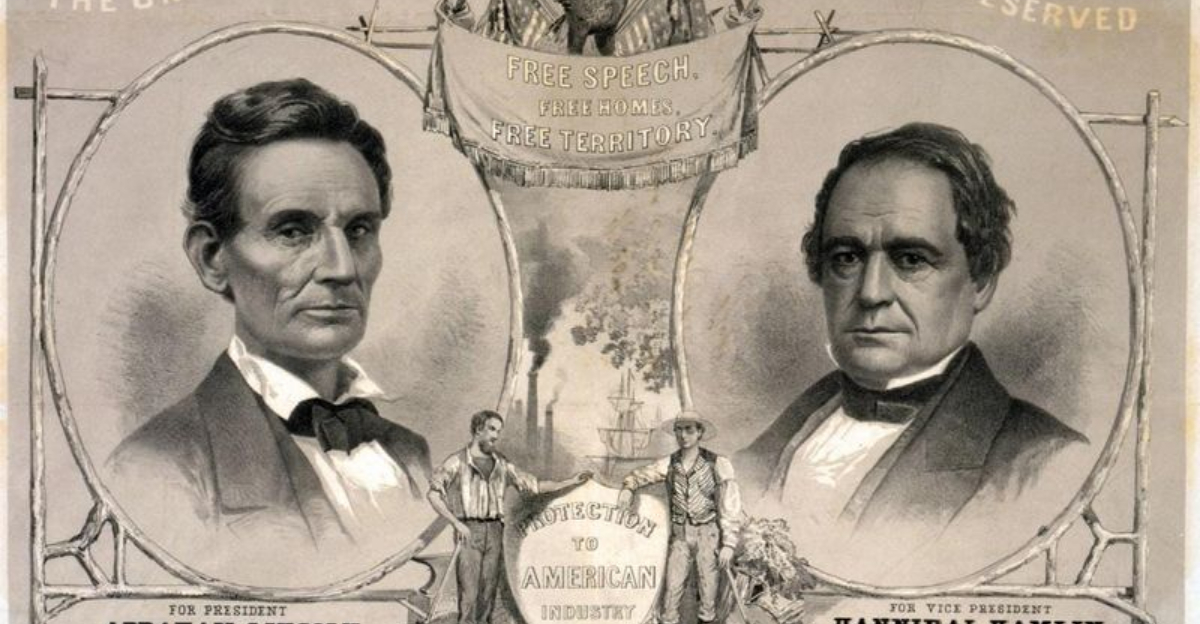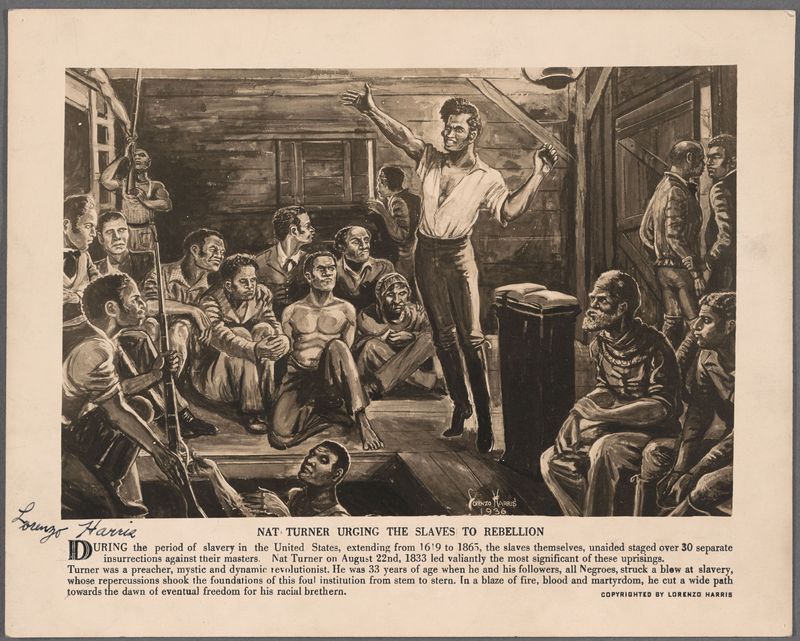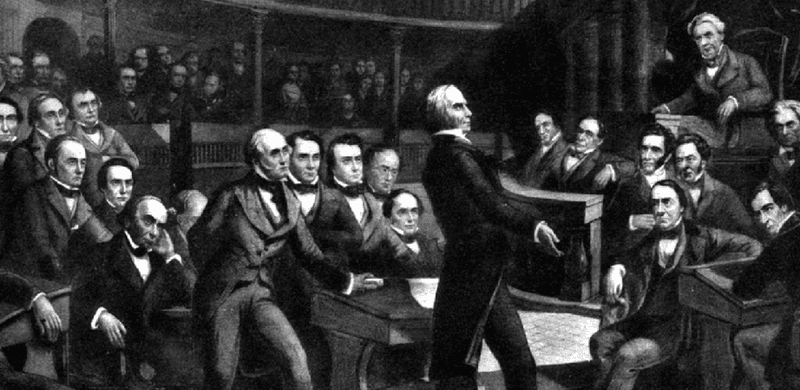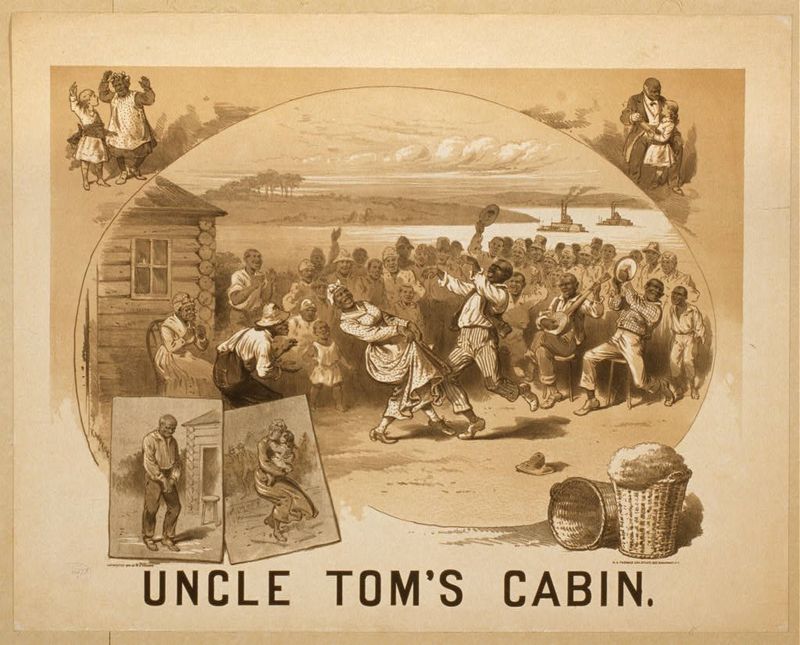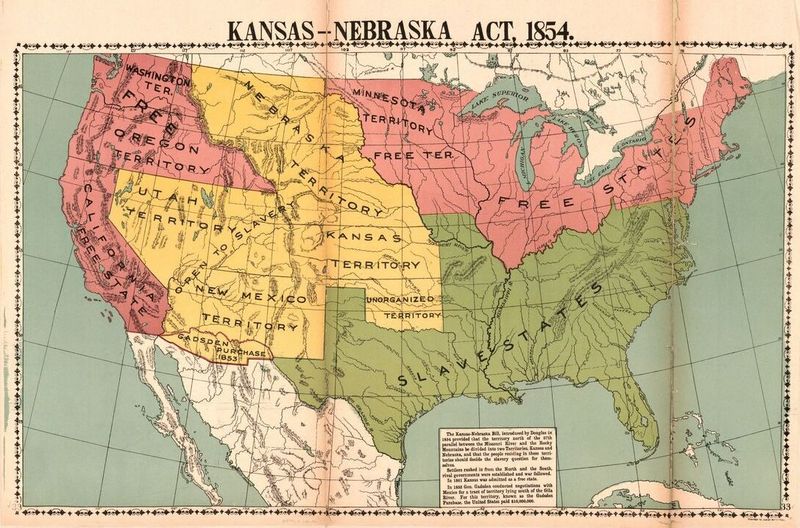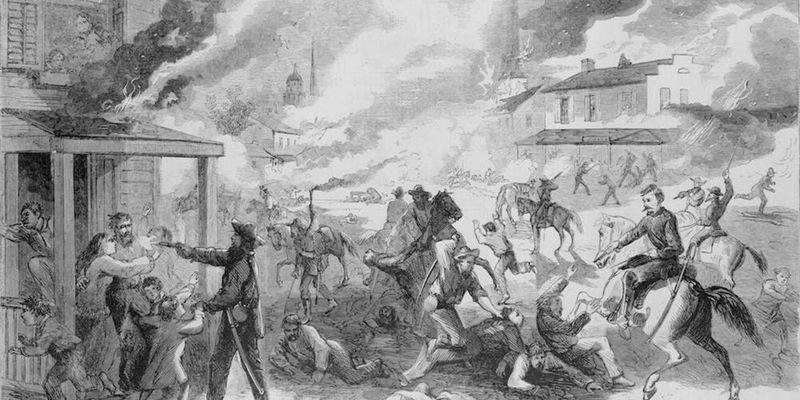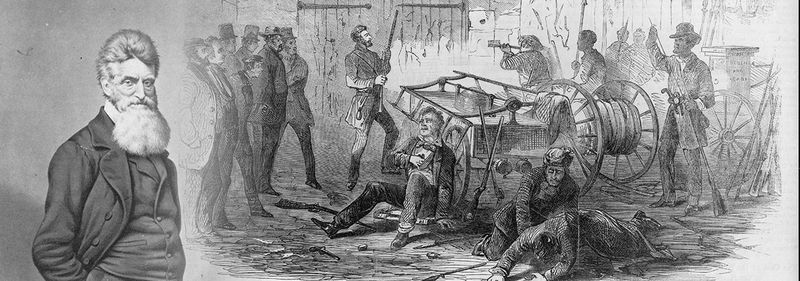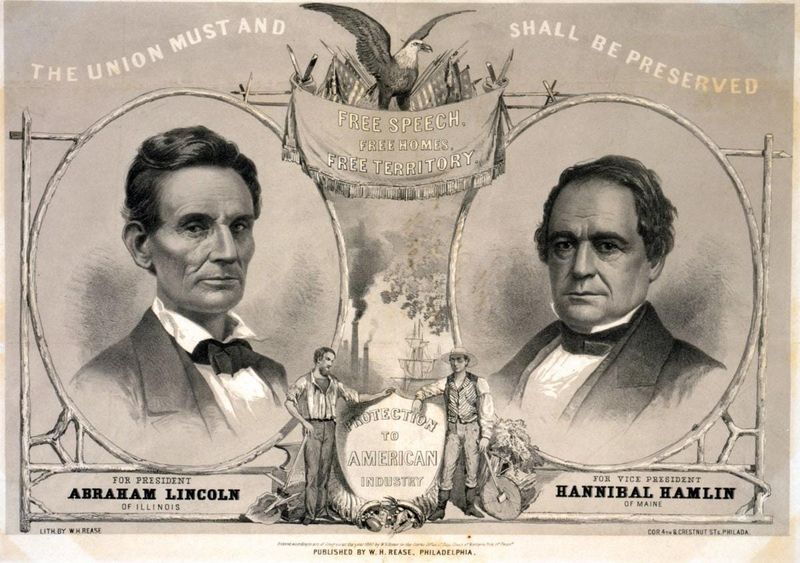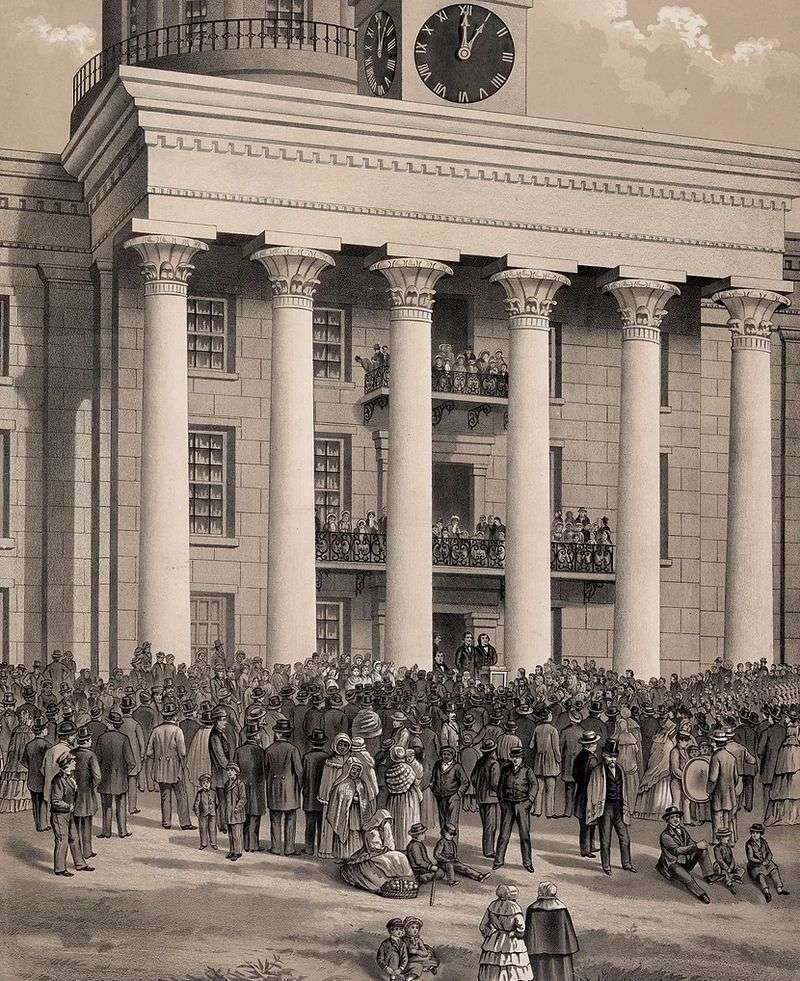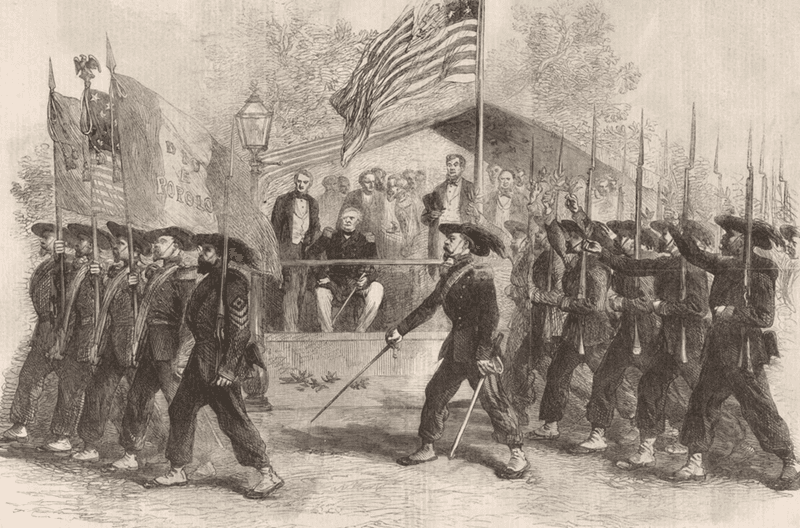The American Civil War, a pivotal and transformative period in US history, was precipitated by a series of dramatic and influential events. These moments, ranging from violent confrontations to legislative decisions, encapsulate the tension and division that ultimately led to war.
This blog post explores 15 key events, each playing a critical role in pushing the nation towards conflict. From the initial shots fired at Fort Sumter to legislative battles and rebellions, these moments highlight the complexity and inevitability of a war that would redefine a nation.
1. The Firing on Fort Sumter (April 12, 1861)
When the first cannonballs burst forth at Fort Sumter, a wave of urgency swept across the nation. Nestled in Charleston Harbor, this federal fort became the flashpoint of the American Civil War. The Confederate attack ignited a firestorm, rallying the North and compelling President Lincoln to call for troops.
The echoes of artillery marked the beginning of a bloody conflict that would engulf the nation. With each shot, the resolve of the Union solidified, setting the stage for a war that would determine the future of the United States. This was the unmistakable start of a national upheaval.
2. The First Battle of Bull Run (July 21, 1861)
The First Battle of Bull Run, also known as Manassas, was an early indication that the Civil War would be neither brief nor bloodless. As the sun poured over the Virginia landscape, soldiers collided in a fierce struggle that would shatter illusions on both sides.
The Confederate victory here was decisive and demoralizing to the Union, revealing the unpreparedness of both armies. The clash at Bull Run sobered a nation that had anticipated a quick resolution and instead found itself on the precipice of a prolonged and grueling war.
3. The Missouri Compromise (1820)
The Missouri Compromise was a significant early attempt to quell the rising tensions between the North and South. Crafted in the halls of Congress, this agreement sought to balance the number of slave and free states. With Missouri entering as a slave state and Maine as a free state, the Compromise drew an imaginary line across the nation.
This delicate balance, however, was merely a pause in the brewing storm. The resolution offered a temporary reprieve but highlighted the deep-seated divisions and foreshadowed the future conflicts that would eventually lead to civil war.
4. Nat Turner’s Rebellion (1831)
In 1831, the air in Virginia crackled with fear and defiance, as Nat Turner led a violent uprising that would haunt the South. This rebellion by enslaved people was a thunderclap, shaking the foundations of Southern society.
Turner’s leadership in the revolt was both a cry for freedom and a harbinger of the intense debates to follow. The insurrection led to harsher laws against slaves, deepening the division between North and South. Nat Turner became a symbol of resistance, a haunting reminder of the simmering tensions that would eventually bring the nation to war.
5. The Compromise of 1850
The Compromise of 1850 was an ambitious package of legislation aimed at soothing sectional tensions. Within its folds lay the controversial Fugitive Slave Act, a law that incensed the North and emboldened abolitionists.
This compromise sought to ease the cracks in the Union, yet it ultimately acted as a catalyst, intensifying the very divides it aimed to mend. As debates raged in Congress, the nation’s unity hung precariously by a thread. This political maneuvering underscored the fragile peace that preceded the inevitable march to war.
6. Uncle Tom’s Cabin Published (1852)
Harriet Beecher Stowe’s ‘Uncle Tom’s Cabin’ emerged as a cultural juggernaut, shifting public opinion on slavery with its compelling narrative. The novel painted a vivid picture of the brutal realities of slavery, touching the hearts and minds of its readers.
For many in the North, it opened eyes to the moral failings of the institution. In the South, it sparked outrage, seen as a direct attack on their way of life. Stowe’s work became a beacon in the growing abolitionist movement, a literary force that added fuel to the simmering fires of conflict.
7. The Kansas-Nebraska Act (1854)
The Kansas-Nebraska Act, a legislative gamble, attempted to placate both North and South through the concept of popular sovereignty. It effectively nullified the Missouri Compromise, inciting new political and physical conflicts.
As settlers poured into Kansas, the territory became a battleground of ideals and violence. The act’s passage unraveled years of fragile peace, setting the stage for ‘Bleeding Kansas’. This legislation showcased the deep divides in American society, acting as a prelude to the greater national conflict to come.
8. Bleeding Kansas (1854–1859)
The term ‘Bleeding Kansas’ encapsulates a period marked by bloodshed and turmoil, as pro- and anti-slavery forces clashed violently in the Kansas Territory. These confrontations embodied the nation’s struggle over slavery, turning Kansas into a microcosm of the larger conflict.
The skirmishes, driven by ideology and vengeance, foreshadowed the devastation of the Civil War. As the land soaked with blood, the futility of compromises became clear. The chaos in Kansas was a stark reminder of the inevitable clash, a prelude to the national conflict that would soon erupt.
9. The Caning of Charles Sumner (1856)
In the hallowed halls of Congress, tempers flared, culminating in the shocking caning of Senator Charles Sumner. This violent act by a Southern congressman was retaliation for Sumner’s fiery anti-slavery speech.
The incident sent shockwaves across the nation, symbolizing the deepening divide between North and South. The brutal attack on the Senate floor exemplified the volatile emotions and tensions of the time. This moment of violence highlighted the fragility of civil discourse and foreshadowed the growing unrest that would soon explode into war.
10. The Dred Scott Decision (1857)
The Dred Scott decision, handed down by the Supreme Court, reverberated through the nation, declaring that African Americans had no rights as citizens. This landmark ruling emboldened slaveholders and incensed abolitionists, striking a blow to the anti-slavery movement.
The decision allowed for the unchecked spread of slavery, exacerbating sectional tensions. As the court’s gavel fell, the hopes of many for a peaceful resolution seemed dashed. This judicial pronouncement served as a catalyst, propelling the nation further down the path toward conflict and war.
11. John Brown’s Raid on Harpers Ferry (1859)
John Brown’s audacious raid on Harpers Ferry was a bold attempt to spark a slave revolt. Leading his men in a surprise assault, Brown aimed to ignite a liberation movement across the South.
Though ultimately unsuccessful, the raid heightened Southern fears of insurrection and positioned Brown as a martyr in the eyes of abolitionists. This dramatic episode was a harbinger of the forthcoming war, illustrating the intense ideological divides. Brown’s legacy as a polarizing figure underscored the inescapable clash between freedom and oppression.
12. The Election of Abraham Lincoln (1860)
The election of Abraham Lincoln in 1860 marked a turning point, as his anti-slavery stance irrevocably shifted the political landscape. Lincoln’s victory signaled the rise of a new era, one that promised change and challenged the status quo.
For the Southern states, his presidency was untenable, prompting secession before he even took office. The nation sat at a crossroads, with Lincoln’s election illuminating the stark division between North and South. This electoral triumph set the stage for the monumental conflict that would reshape the United States.
13. South Carolina Secedes (December 20, 1860)
On December 20, 1860, South Carolina took a bold step, becoming the first state to secede from the Union. This decisive action was a declaration of defiance, challenging federal authority and igniting a chain reaction across the South.
The secession was a pivotal moment, marking the beginning of the Confederacy and the unraveling of the United States. As South Carolina broke away, the nation faced an uncertain future, with war looming on the horizon. This act of secession was the catalyst for a movement that would lead to the Civil War.
14. The Formation of the Confederate States of America (February 1861)
In February 1861, Southern leaders gathered to form the Confederate States of America, solidifying their break from the Union. This new government was a direct challenge to federal authority, embodying the South’s commitment to its own destiny.
The formation of the Confederacy marked a significant escalation in the march toward war. As its leaders drafted the constitution, hope mingled with trepidation, knowing the path ahead would be fraught with conflict. This bold creation of a separate nation set the stage for the bloody clash that would soon follow.
15. Lincoln’s Call for 75,000 Troops (April 15, 1861)
In the wake of Fort Sumter, President Lincoln issued a call for 75,000 troops, a decisive response to the burgeoning conflict. His appeal resonated deeply, drawing volunteers from across the North eager to preserve the Union.
This mobilization was a turning point, solidifying the path to war as four additional states chose secession. Lincoln’s call to arms was both a rallying cry and a stark declaration that the nation was now firmly on the road to civil war. This moment of unity and determination shaped the nation’s trajectory towards a historic confrontation.
